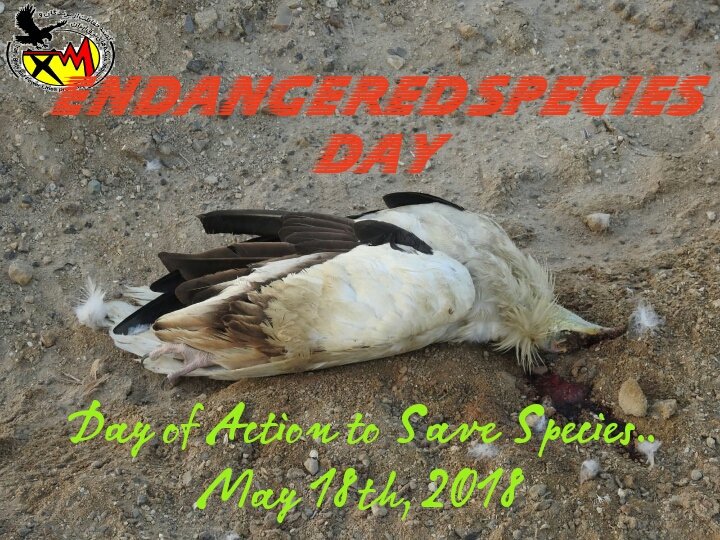Its been about 4 months since we fitted satellite transmitters to 13 (12 adults, 1 immature), fully expecting that some, if not most of the vultures would migrate. This assumption was based on observations of increased numbers of vultures at rubbish dumps in Oman during winter (See Al
Fazari & McGrady 2016). To our surprise, only one of the birds even moved out of the country, and the rest stayed in NE Oman, mostly in the eastern Hajar Mountains. Even the bird that left Oman, has not moved far away, just across the Straits of Hormuz into southern Iran (top map). Of all the others, most seem to be settled on territories (bottom map). Two are still wandering a bit, and may not hold territories or may not be breeding this year, and are free-er to move around. I wish we could get into the field to confirm breeding for these pairs, but that is not possible at the moment.
What this does imply is that the eastern Hajar Mountains are an important area for breeding Egyptian vultures (perhaps an IBA?), and that the published estimate of 100 breeding pairs in Oman is far too low. Beside getting into the field to confirm breeding of these birds, important information could be gathered by: 1) comprehensive surveys of rubbish dumps in northern Oman (ESO has started this, but that was some years ago and was when we thought many of the birds would be migrants), 2) surveys for breeding vultures in northern Oman, and 3) perhaps capturing vultures in the western Hajar Mountains and fitting them with transmitters to see if they too appear to be almost entirely resident.
 |
| Movements of an adult Egyptian vulture during Jan-May 2018 |
 |
| Movements of 12 Egyptian vultures (11 adults and one immature) during January-May 2018. |



